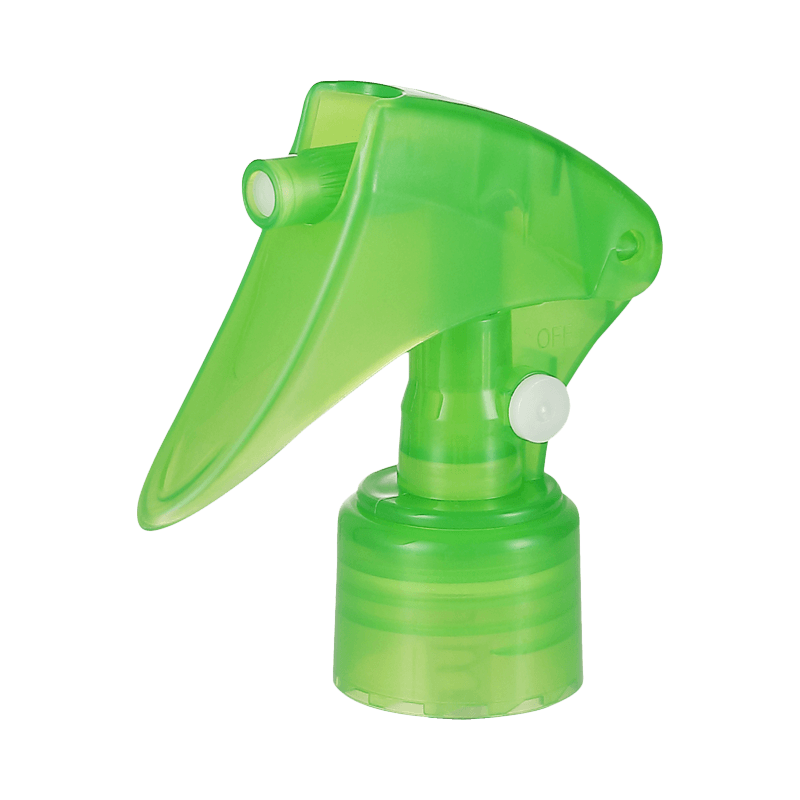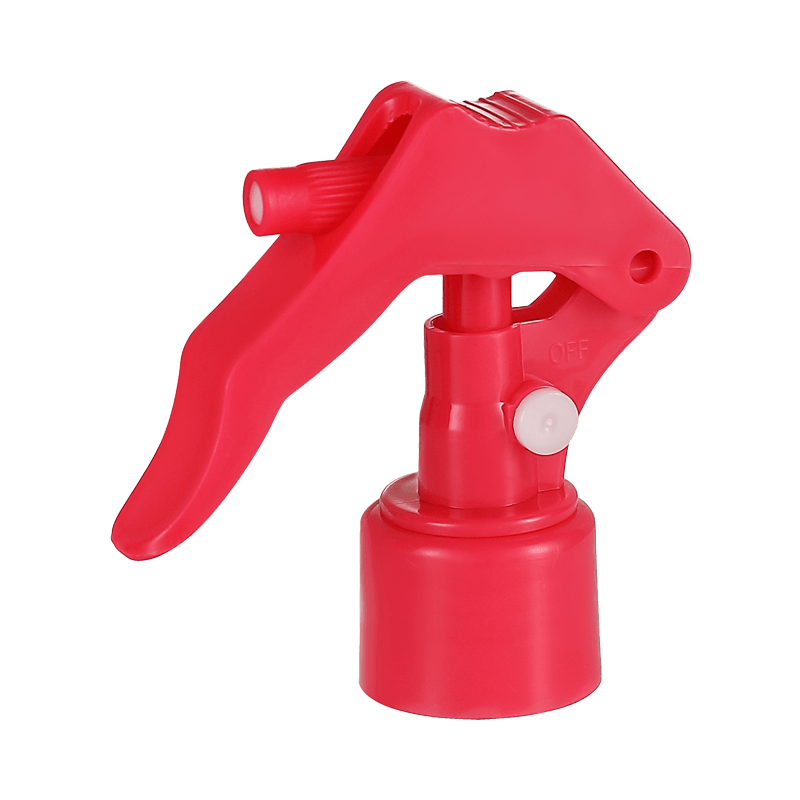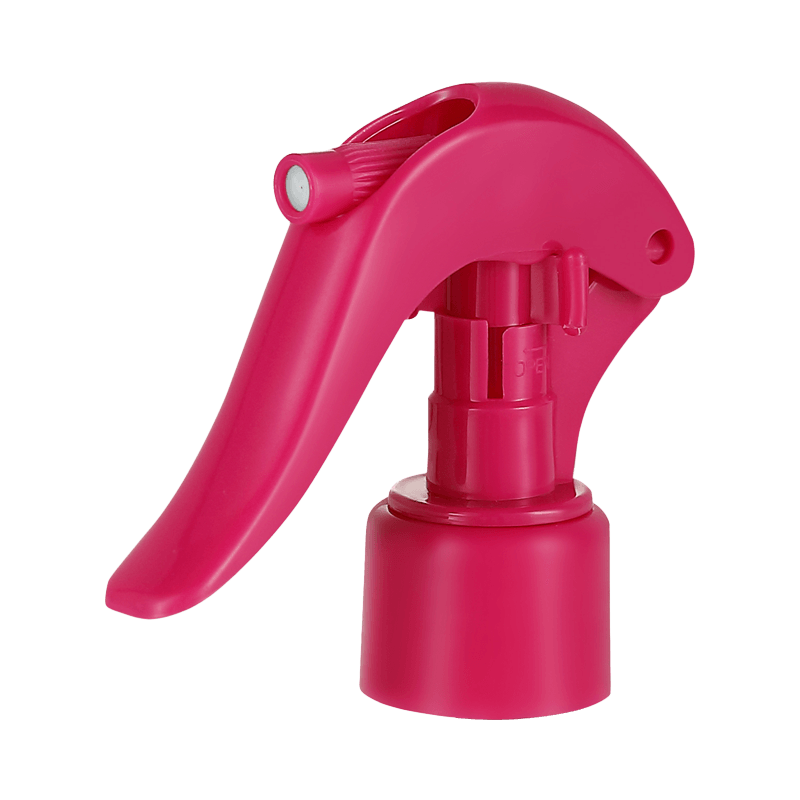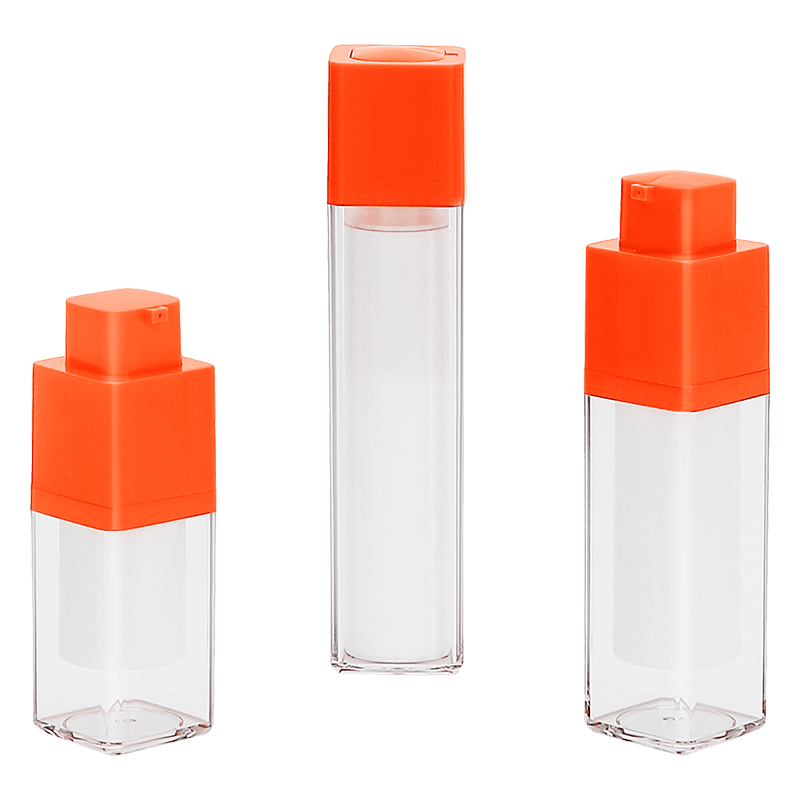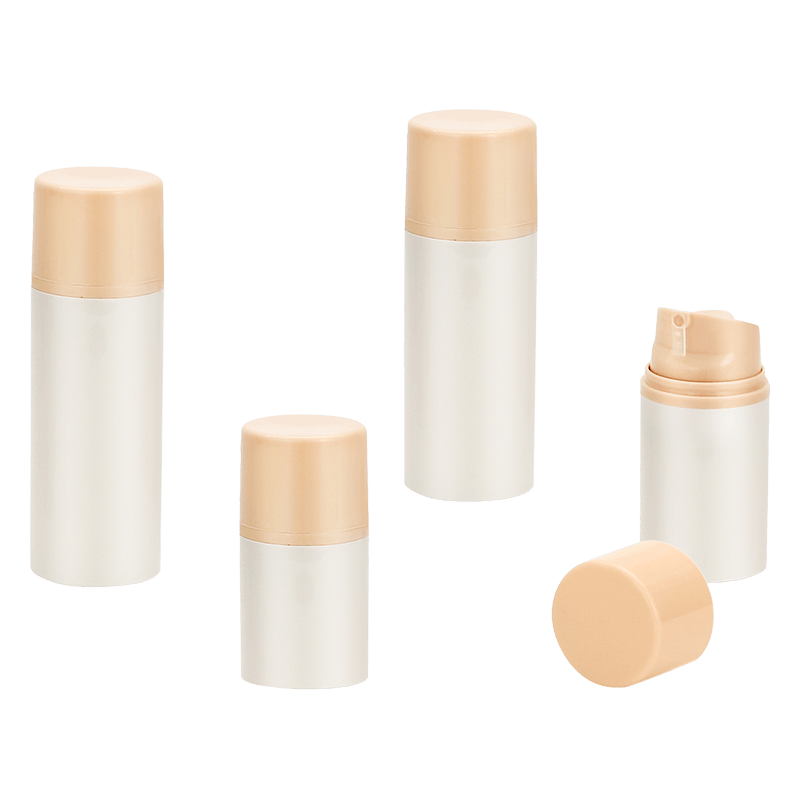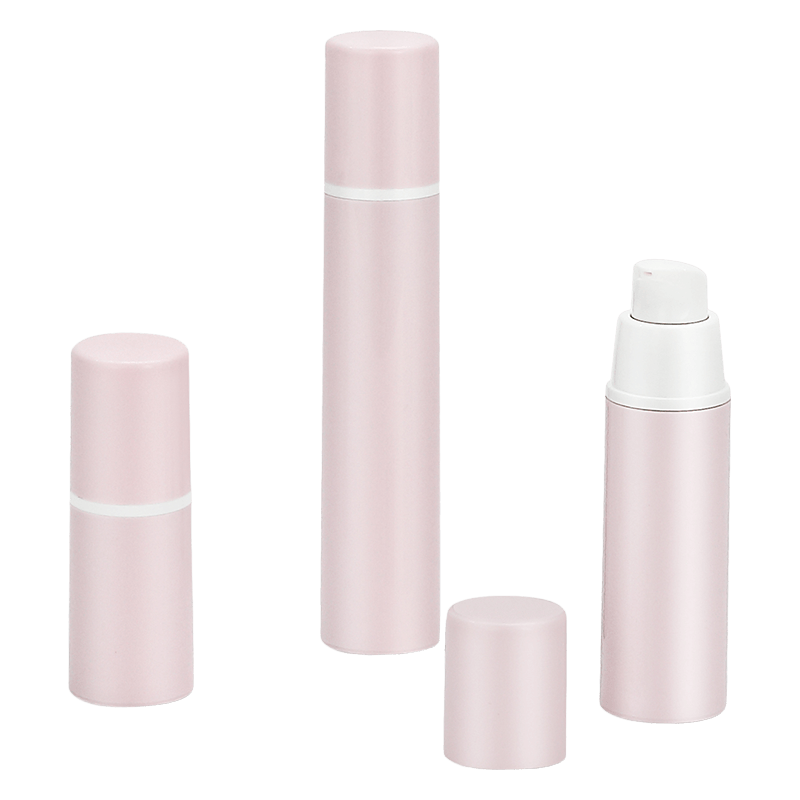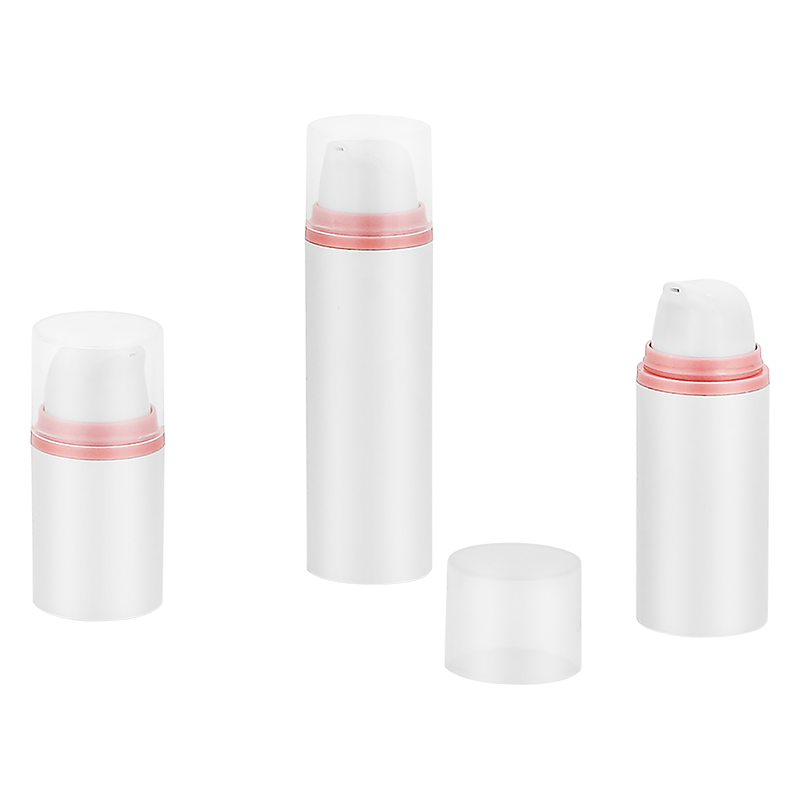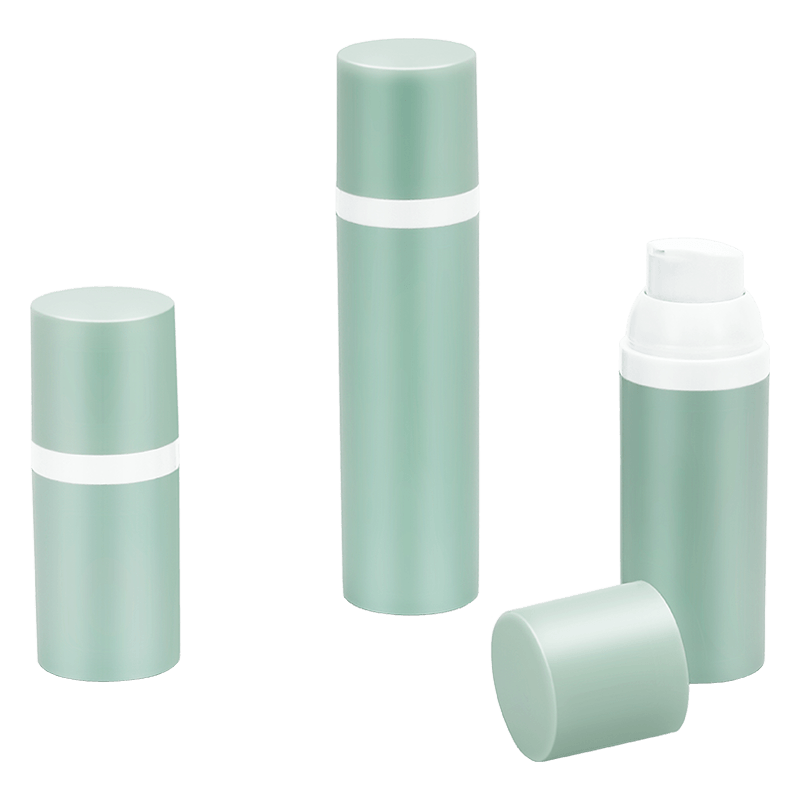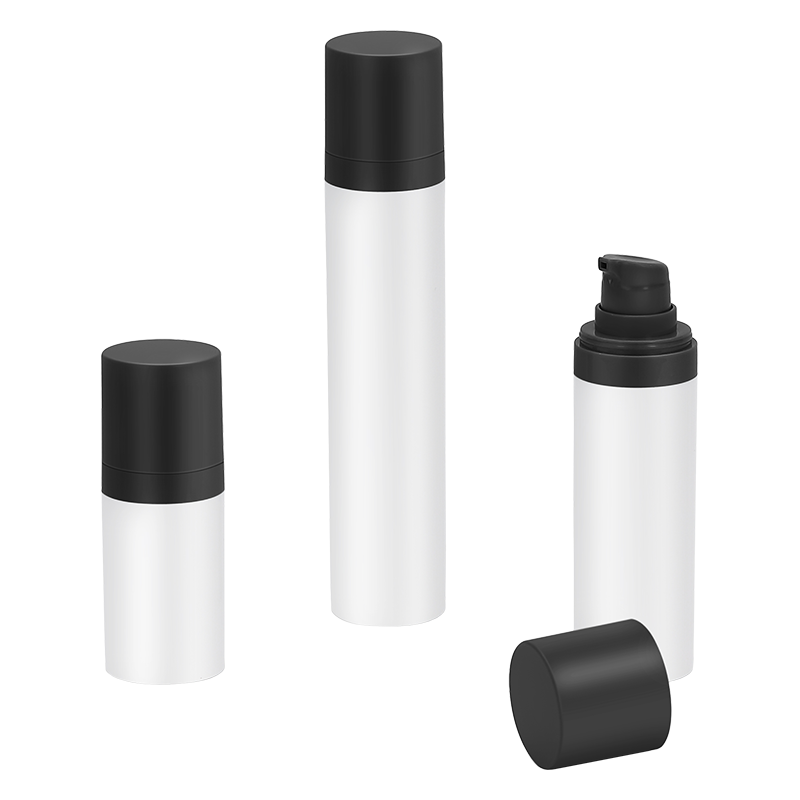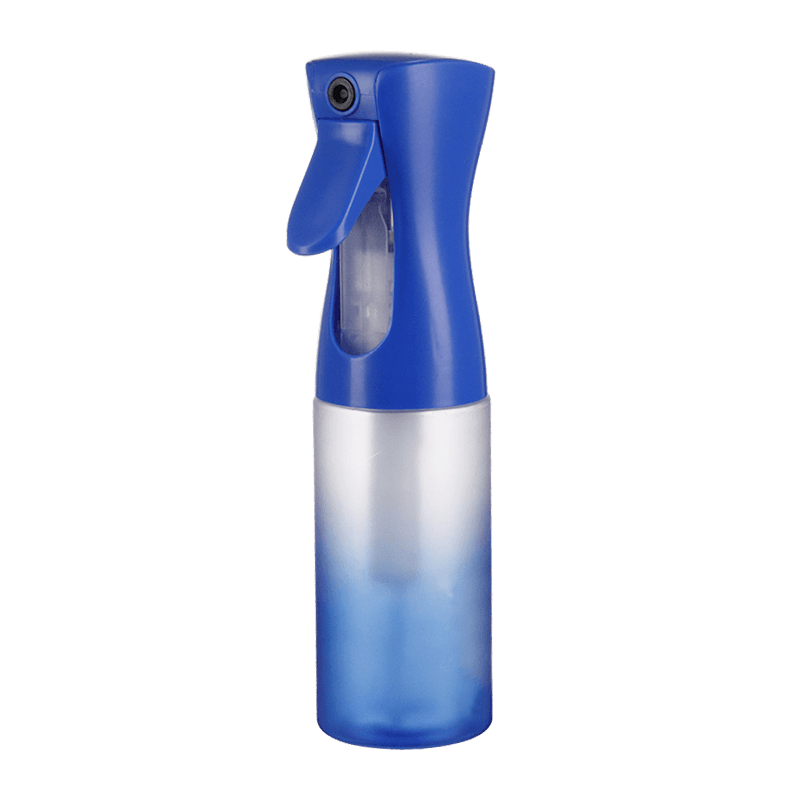Fine mist sprayer is an important equipment for liquid atomization. The improvement of atomization efficiency directly affects the spray quality and application effect. Design optimization has become the core means to improve the performance of fine mist sprayer. In-depth analysis of the design link will help to develop more efficient and stable spray equipment to meet the diversified needs of the industry.
Nozzle structure optimization design
The nozzle structure is the primary factor that determines the atomization effect. The nozzle aperture size is precisely controlled to ensure that the liquid passes evenly and forms stable and delicate droplets. The micro-pore nozzle design is adopted, and the aperture size is usually controlled within a few tens of microns, which effectively improves the liquid dispersion and the uniformity of atomized particles. The distribution layout of the nozzle aperture is reasonably designed to ensure the coordination of the liquid injection angle and the spray coverage range, avoid spray blind areas and overlapping areas, and improve the overall spray efficiency.
The selection of nozzle surface materials and processing technology directly affect the liquid flow state. High hardness and corrosion-resistant materials increase the service life and anti-clogging ability of the nozzle. The surface is ultra-smoothly treated to reduce liquid adhesion and improve spray continuity and uniformity.
Liquid channel fluid mechanics optimization
The internal liquid channel design has a significant impact on the atomization efficiency. Fluid mechanics simulation technology is widely used in sprayer design. By optimizing the flow rate and flow state of the liquid delivery channel, turbulence and liquid reflux are reduced. The channel design focuses on reducing liquid resistance to ensure that the liquid flows to the nozzle stably and continuously.
The tapered liquid channel structure is adopted to enhance the liquid acceleration effect and promote the liquid to form finer droplets at the nozzle outlet. The channel surface is smooth and has no dead corners to prevent liquid accumulation and blockage, ensuring long-term stable spraying.
Spray power system design
The design of the drive system is crucial to the atomization efficiency of the fine mist sprayer. Common power forms include pneumatic spray and electric spray. The pneumatic spray system drives the liquid atomization through compressed air. The design needs to optimize the gas-liquid mixing ratio to ensure that the airflow pressure matches the liquid flow rate to form a stable atomization state.
The electric spray system drives the nozzle to rotate or vibrate through a micro motor. The design requires precise mechanical structure and high-speed response capability. The electric system design needs to reduce energy loss, increase the nozzle rotation speed or vibration frequency, thereby improving the liquid breakage efficiency and producing finer spray particles.
Spray particle size control technology
The atomization efficiency of fine mist sprayer depends largely on the size and distribution uniformity of spray particle size. By designing and adjusting the nozzle aperture and injection pressure, the spray particle size can be precisely controlled. If the particle size is too large, the spray is prone to dripping, affecting the spray uniformity; if the particle size is too small, the spray coverage area is large, but the particles are easily dispersed by air disturbance.
The design combines microcomputer control technology to achieve real-time adjustment of pressure and flow, dynamically control the spray particle size, and adapt to the needs of different application scenarios. The multi-stage spray design forms a particle size gradient distribution through a combination of multiple nozzles to optimize the overall spray coverage effect and atomization efficiency.
Optimization of the overall structure of the equipment and the airflow path
The overall structural design of the equipment focuses on the reasonable planning of the airflow channel to avoid airflow turbulence and dead zone formation. The airflow path is simulated by computational fluid dynamics (CFD) technology to achieve smooth airflow, improve gas-liquid mixing efficiency, and enhance the liquid atomization effect.
The shape design of the spray outlet also affects the atomization efficiency. The cone or spray nozzle microstructure design is used to control the spray diffusion angle, improve the spray density and coverage uniformity. Reasonable airflow path design reduces the collision and merging of droplets in the spray, and maintains the stability of the fine mist particle size.
Material selection and surface treatment process
The materials of key components of the sprayer have an indirect impact on the atomization performance. Wear-resistant and corrosion-resistant materials are used to ensure long-term stable operation. The surface is treated with hydrophilic or hydrophobic treatment to optimize the spray state according to the properties of the liquid. The hydrophilic surface helps the liquid to spread evenly and reduce droplet aggregation; the hydrophobic surface reduces liquid adhesion and prevents nozzle clogging.
Advanced nano-coating technology is applied to the nozzle surface to further improve the surface finish and anti-pollution ability, ensuring that the sprayer continues to operate efficiently in complex liquid environments.

 中文简体
中文简体 English
English русский
русский
